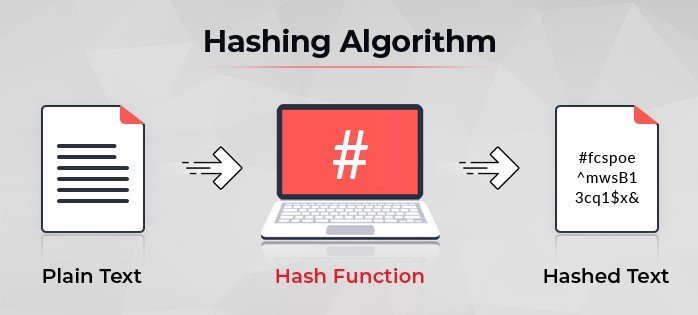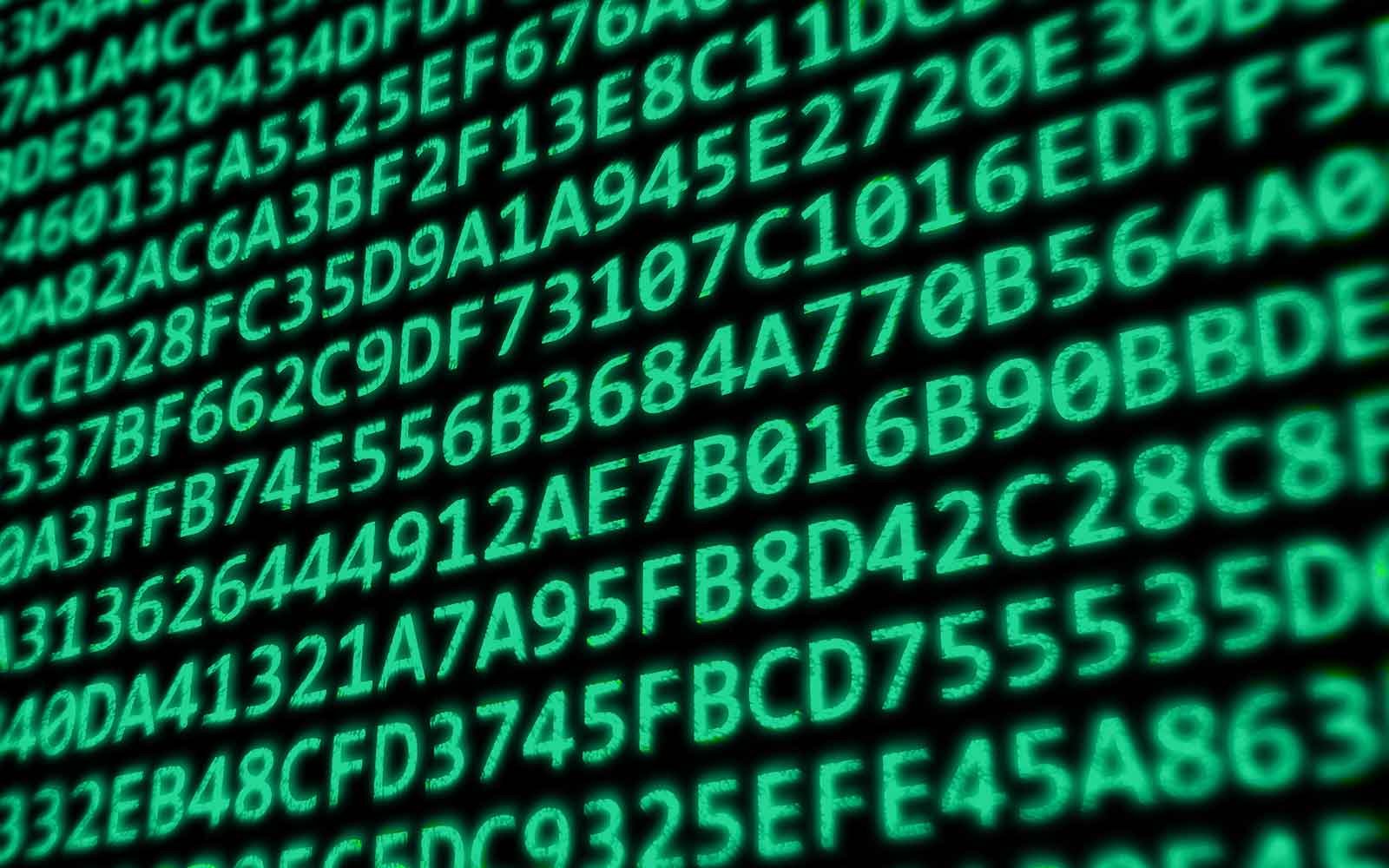Introduction
In today’s digital age, data is one of the most valuable forms of evidence in legal and criminal investigations. From mobile phones and computers to cloud storage and IoT devices, almost every modern case involves digital evidence. However, unlike physical evidence such as fingerprints or DNA, digital evidence can be altered, copied, or destroyed with ease. This makes the preservation of its integrity and authenticity one of the biggest challenges for forensic experts.
This is where hash values play a crucial role. Often referred to as the digital fingerprints of electronic data, hash values ensure that the evidence collected during investigations remains exactly as it was found, without any unauthorized modifications. They form the foundation of trust in digital forensics by verifying data integrity at every stage—from collection to presentation in court.
What Are Hash Values?
A hash value is a unique, fixed-length string of numbers and letters generated through a mathematical function known as a hash algorithm. The process takes any size of digital input—whether a tiny text file or a full hard drive—and produces a consistent output that uniquely represents that input.
For example:
If just one character in the file changes—say “Hello world” with a lowercase w—the hash value will be completely different.
This property is called the avalanche effect, and it ensures that even the smallest alteration in digital evidence can be detected instantly.
In digital forensics, this makes hash values extremely reliable for:
-
Verifying whether evidence has been tampered with.
-
Confirming that forensic copies are bit-for-bit identical to the original data.
-
Ensuring data remains authentic and admissible in legal proceedings.

Why Integrity Matters in Digital Evidence
When investigators seize a digital device or collect data, they must prove that what they present in court is the same as what was originally acquired. Any doubt about manipulation could render the evidence inadmissible.
Digital evidence faces several risks:
-
Accidental alteration during copying, analysis, or storage.
-
Intentional tampering by malicious actors.
-
File corruption caused by hardware or software errors.
Since digital evidence is so fragile, hash values serve as a protective shield that validates authenticity at every step.
The Role of Hash Values in Forensic Investigations
1. Ensuring Evidence Integrity
When forensic experts acquire data from devices such as hard drives or smartphones, they use imaging tools to create an exact replica of the original data. Hash values are calculated for both the source and the copy. If the values match, it proves that the copy is an exact duplicate without alterations.
2. Maintaining the Chain of Custody
Every piece of evidence follows a documented journey from seizure to courtroom presentation. This is known as the chain of custody. Hash values provide a verifiable trail, ensuring that the evidence has not been tampered with at any stage. Investigators record the hash value during acquisition and re-verify it before analysis or testimony, demonstrating integrity throughout the process.
3. Authentication in Court
Judges and juries may not fully understand technical forensic methods, but hash values act as cryptographic proof. They allow forensic experts to confidently testify that the evidence being presented is identical to the original. Courts around the world accept hash verification as a standard method of authenticating digital evidence.
4. Detecting Alterations or Tampering
If someone attempts to modify a file—even by changing a single pixel in an image or a character in a document—the hash value will change dramatically. This makes hash functions highly effective in detecting unauthorized modifications. Investigators can compare hashes at different stages of the investigation to identify tampering attempts.
5. Efficient File Comparison and Deduplication
Digital investigations often involve massive datasets, such as entire hard drives or network logs. Hash values allow investigators to quickly identify duplicate files and eliminate unnecessary data. Instead of manually reviewing gigabytes of data, they can simply compare hash values to detect duplicates.
Common Hash Algorithms Used in Forensics
-
MD5 (Message Digest 5)
-
Produces a 128-bit hash value.
-
Fast and widely used but vulnerable to collisions (two different files producing the same hash).
-
Still used for quick integrity checks but not recommended for high-security applications.
-
SHA-1 (Secure Hash Algorithm 1)
-
SHA-256 (Secure Hash Algorithm 256-bit)
-
Other Advanced Algorithms
Practical Applications of Hash Values
-
Disk Imaging Verification – Ensuring that forensic images of storage media are exact replicas.
-
File Hash Databases – Comparing evidence with known hash sets (e.g., National Software Reference Library, malware signatures, or illegal content hash lists).
-
Incident Response – Detecting unauthorized file modifications during cyberattacks.
-
Data Recovery Validation – Confirming that recovered files match their original state.
-
E-discovery & Corporate Investigations – Efficiently identifying duplicates in large volumes of emails and documents.
Challenges and Limitations
While hash values are highly reliable, investigators must consider the following challenges:
-
Collisions: Algorithms like MD5 and SHA-1 are vulnerable to rare collisions, where two different files generate the same hash. This is why modern investigations rely on stronger algorithms like SHA-256.
-
Algorithm Obsolescence: As computational power increases, older algorithms may become insecure. Forensic experts must stay updated with recommended standards.
-
Legal Interpretation: Not all stakeholders in a courtroom may understand the technical aspects of hashing. Experts must simplify explanations while maintaining accuracy.
-
Speed vs. Security: Stronger algorithms like SHA-512 are more secure but computationally heavier, which can slow down processing large datasets.
Conclusion
Hash values are the backbone of digital evidence integrity. They act as unchangeable digital fingerprints that allow forensic experts to prove authenticity, detect tampering, and maintain trust in the chain of custody. From initial acquisition to final court presentation, hash values ensure that the evidence stands up to scrutiny.
As digital crimes grow more sophisticated, the importance of reliable methods for safeguarding evidence will only increase.
In short, without hash values, the legal reliability of digital evidence would collapse. With them, investigators and courts can confidently say: the truth has been preserved.





Post comments (0)